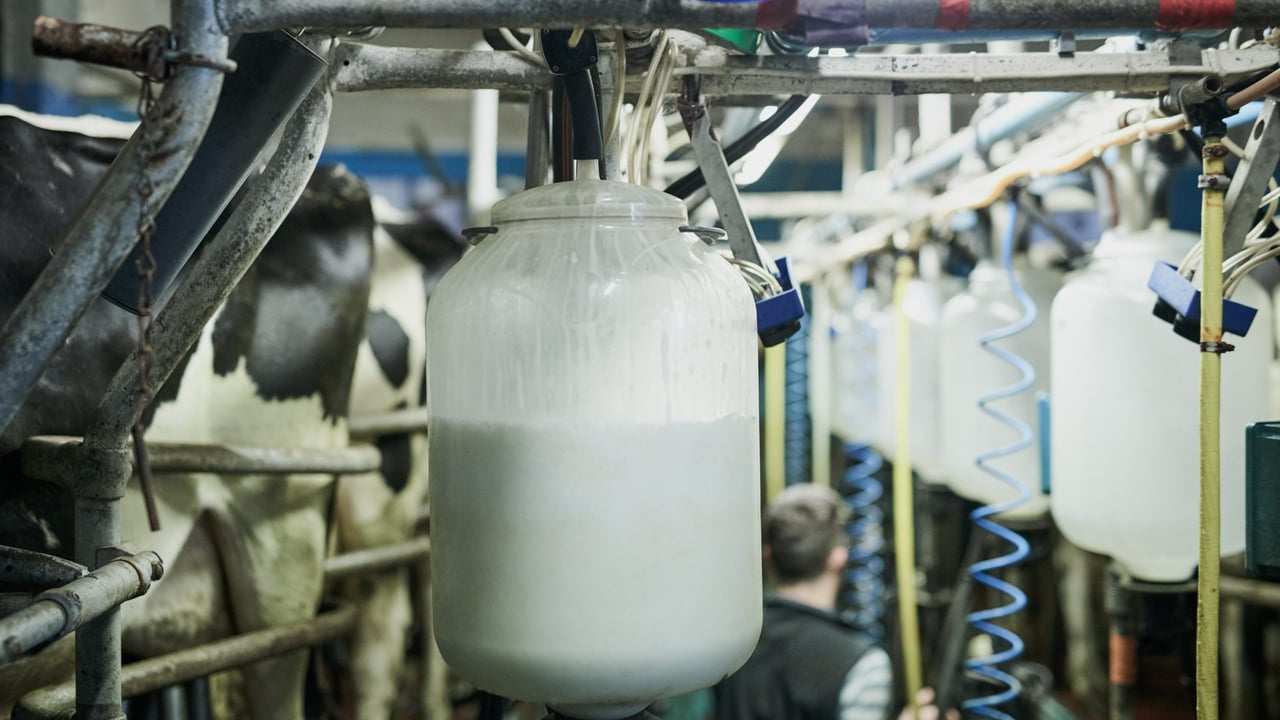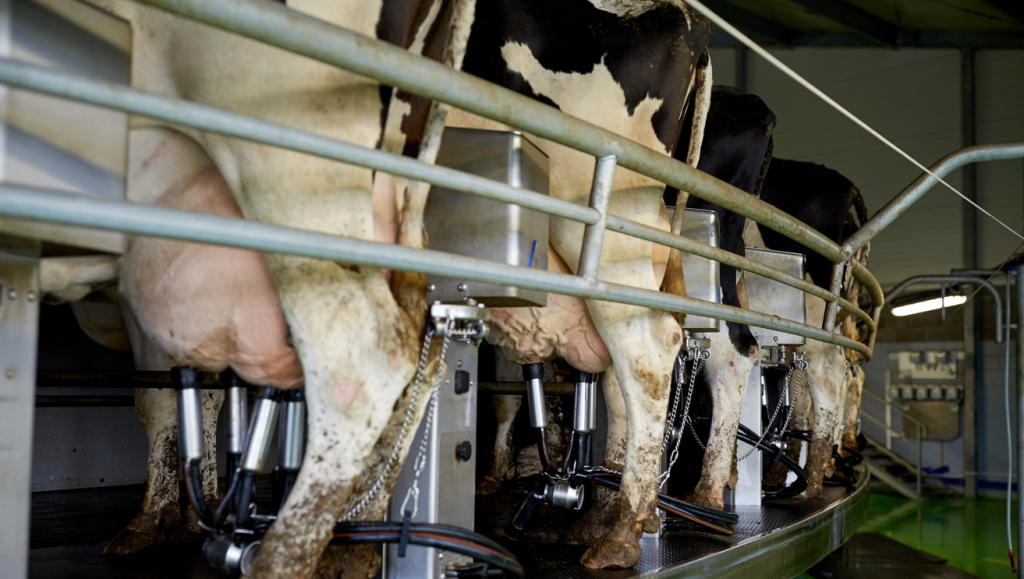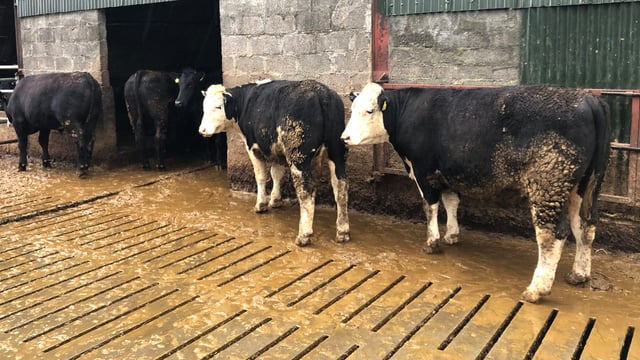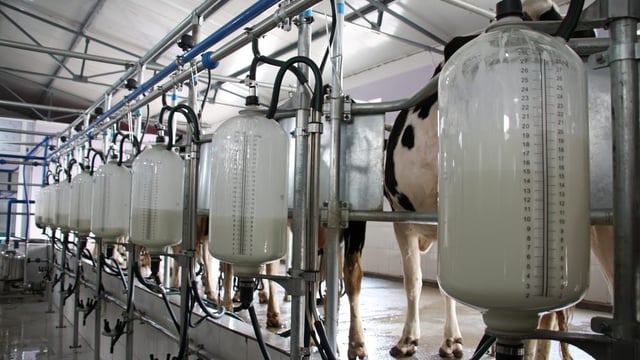Promoting parlour hygiene to increase milk quality
As the days get shorter, we will experience a drop in grass growth and dry matter (DM), resulting in lowered yields.
However, maintaining high standards in terms of milk quality is still very important, as quality milk will give you access to milk bonuses, maximising margins in the backend of the year.
To continue producing quality milk, diet formulations, and hygiene will play vital roles.
Diet
At this time of the year, the nutritional diet a cow recieves is crucial when aiming to boost milk production.
Currently, cows should be getting around 16kg DM of good quality grass, using high dry matter digestibility (DMD) silage (75% or more) as a buffer feed if necessary.
High DMD silage has proven to increase intake, as well as drive on milk solids in the backend of the year.
If good grass and good silage are available, you will be able to reduce the amount of concentrates being fed as less energy will be required to bridge the gap in the diet.
The typical 600kg cow will require 10kg of concentrate to produce 30kg of milk on low quality silage (65% DMD).
However, if you have high quality silage above 75% DMD, you can reduce concentrates to about 7.5kg.
In general, every five unit drop in DMD will need 1.0-1.5kg extra concentrates to compensate for the lower energy level.
According to Teagasc, the concentrate feeding levels at different levels of silage quality and different yields are as follows:
| Milk yield | 65% DMD | 70% DMD | 75% DMD |
|---|---|---|---|
| 20L | 5.5kg | 4.0kg | 3.0kg |
| 25L | 8.0kg | 6.5kg | 5.5kg |
| 30L | 10.0kg | 8.5kg | 7.5kg |
| 35L | 12.5kg | 11.0kg | 10.0kg |
Hygiene
Marinating a high standard of hygiene into the backend of the year is crucial for milk quality, as the risk of climbing somatic cell counts (SCC), total bacterial counts (TBC), and thermoduric bacteria rises.
Increases in TBC levels and thermoduric bacteria are typically due to poor hygiene standards in the parlour, or poor milking routines.
By following the best practices, you can minimise poor hygiene in the parlour and target good bonuses.
The best practice is just keeping on top of the simple things - keep yards, cubicles, and roadways clean.
Clean the cow regularly, removing any faeces from the udder or teats that may cause issues, and continue to teat spray.
A lot of TBC or thermoduric issues are caused by inadequate levels of detergent being used for washing.
This is often a result of unchecked automatic washing systems that are putting off lines and detergent levels.
Keep the parlour in good shape by changing liners and other rubberware on time, carrying out regular thorough cleanings, disinfections, and descalings of the machine and bulk tank.
When milking, remember the basics, and use clean filter socks and adequately hot water (75-80°)
Thermoduric bacteria is present in dung, soil, and animal bedding, so maintaining proper hygiene may prevent the bacteria from entering the cow's teats during milking.
Controlling SCC through consistent monitoring should also be a priority at this time of the year.
If you remember to do the simple things correctly, you will see improved milk quality.






